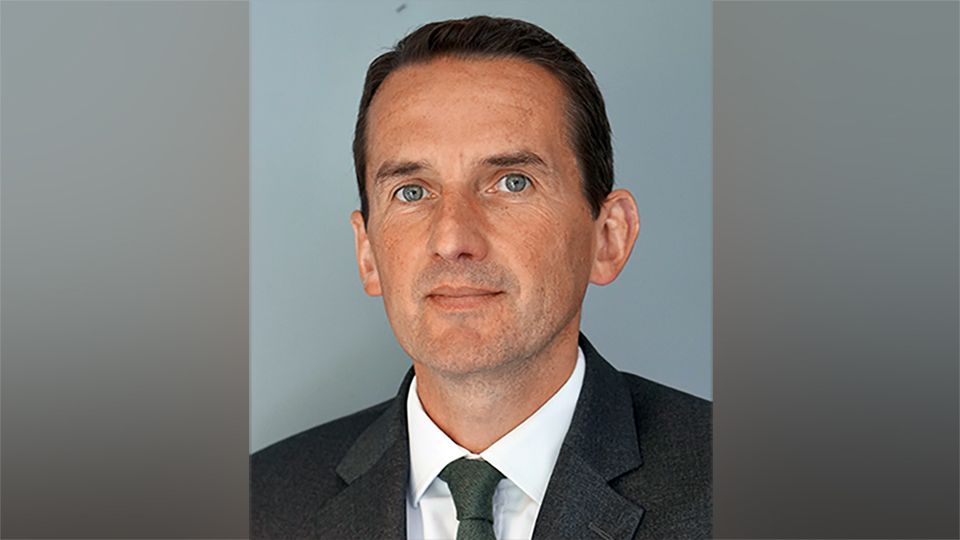In the same week that a disastrous meeting between OPEC and Russia hit the price of oil, the UK government announced it would lift a ban on onshore-wind from competing in subsidy auctions, known as CfDs (Contracts for Difference).
The circa 30% slide in the oil price was a reminder of how vulnerable the commodity can be at times, when supply is dictated by a few oil rich nations. In addition to the geopolitical risks, the argument to de-carbonise energy production is well past its tipping point – electricity from renewables is now cheaper for the majority of the world (and continues to get cheaper) with almost no negative side effects for the environment. Compare that to burning fossil fuels.
On paper, the UK has one of the world’s most progressive climate policies. The net zero target by 2050 was signed as legally binding in June last year. This type of announcement was the first from any major economy.
The UK government has been advised by the independent body, the Committee on Climate Change (CCC) that clean energy production will need to quadruple in order to achieve the net zero target.
So, there will be ample investment opportunity to reach the 40GW of offshore wind by 2030 that has been pledged, alongside the CCC’s recommendation of building 1GW/year of onshore wind until 2050.
Since the decision to ban onshore projects from competing for subsidies, developments have still gone ahead and proven they are feasible without government help. However, the decision in the UK to lift the ban should encourage more renewable projects as the government guarantees a minimum price a developer will receive for the energy produced.
SSE have been one of the few companies to successfully deploy such projects, but had also been calling for the ban to be lifted with the company urging “the UK government to ensure onshore wind can be developed at the pace and scale set out by the Committee on Climate Change by providing investors with more certainty over the income they will receive for generating zero-carbon power in the longer term”.
So expect SSE to start building more. Onshore wind projects will be taken on by them and others alike; those companies that already have the experience and knowledge of the market. The size of onshore projects will not entice bigger players to join at present.
Offshore could be quite different though. Last year the CfD tenders for offshore wind came with some significant changes – the key one being the go-ahead for joint bidding. Previously they only accepted individual bidders which limited the number of companies that could realistically take projects on.
Allowing joint bidding means we will likely see oil majors getting involved in the sector. They currently lack the specific expertise, but are familiar with working offshore and have huge financial resources – enabling them to partner with already established firms to gain exposure to this fast growing market.
In fact, BP have announced that offshore wind is a key technology that is now scalable and ready for major investment. Although, they are actually late to the party – others are already investing such as Total SA who recently announced an 80% stake in a floating wind project off the Welsh coast.
It’s a long time since we heard analysts claim that electric utilities is now a growth sector. But, with more renewable-friendly regulation, the UK’s abundance of wind is likely to become one of our major assets. I’ll finish with the advert for wind auctions from the Crown Estate, who own and manage the UK’s seabed; “With long coastlines, favourable wind conditions and, in many areas, shallow waters, the UK offers world-class natural resources for offshore wind, supported by a stable policy outlook, mature supply chain, and a clear route to seabed rights.”








